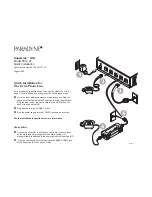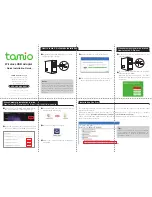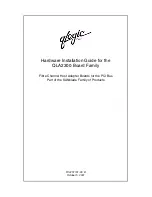
Operating Instructions
Key Adapter CKS2-K-BP/BR-CC-FLX
36
(translation of the original operating instructions) MAN20001512-01-03/22
15.1.2. Typical system times
Refer to the technical data for the exact values.
Ready delay
: After switch-on, the device carries out a self-test. The system is ready for operation only after this time.
Turn-on time of safety outputs
: The max. reaction time t
on
is the time from the moment when the key is in the actuating
range to the moment when the safety outputs switch on.
Simultaneity monitoring of safety inputs FI1A/FI1B
: If the safety inputs have different switching states over a certain
time, the safety outputs FO1A and FO1B will be switched off. The device enters the fault state.
Risk time according to EN 60947-5-3
: The risk time is the maximum time until at least one of the safety outputs FO1A
or FO1B switches off safely when the key is removed from the actuating range. This also applies if an internal or external
fault occurs at this moment.
If several devices are operated in a series connection, the risk time of the overall device chain will increase with each device
added. Use the following calculation formula:
t
r
= t
r, e
+ (n x t
l
)
t
r
= Total risk time
t
r, e
= Risk time, single device (see technical data)
t
l
= Risk time extension per device
n = Number of additional devices (total number -1)
Discrepancy time
: The safety outputs FO1A and FO1B switch with a slight time offset. They have the same signal state
no later than after the discrepancy time.
Test pulses at the safety outputs
: The device generates its own test pulses on the safety outputs FO1A and FO1B. A
downstream control system must tolerate these test pulses.
This can usually be set up in the control systems by parameter assignment. If parameter assignment is not possible for
your control system or if shorter test pulses are required, contact our support organization.





































